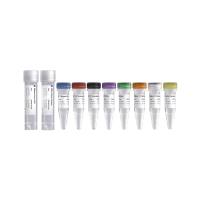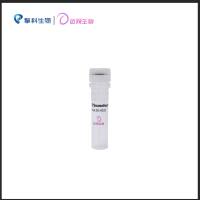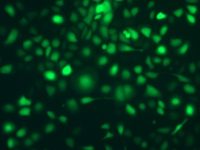Use of RNAi in C. elegans
互联网
878
RNA-mediated interference (RNAi) has been a valuable tool for the analysis of gene function in Caenorhabditis elegans (C. elegans ). In C. elegans , the injection of double-stranded RNA (dsRNA) or plasmid DNA expressing dsRNA under the control of a C. elegans promoter results in gene inactivation through the specific degradation of the targeted endogeneous mRNA. It is also possible to initiate RNAi either by soaking worms in a solution of dsRNA or by feeding worms with E. coli expressing the dsRNA. Using studies of the DNA repair in C. elegans as an example, we describe the use of RNAi against the C. elegans POLH gene (Ce-POLH ), which encodes DNA polymerase η (pol η).
Pol η has the ability to catalyze translesion synthesis (TLS) past UV-induced cyclobutane pyrimidine dimers (CPDs) and some other lesions as well. Loss of pol η in humans results in increased photosensitivity and the cancer-prone genetic disorder xeroderma pigmentosum variant (XPV). We provide an example of the feeding RNAi technique, in which downregulation of pol η in C. elegans results in increased sensitivity of several development and differentiation processes, including meiosis and embryogenesis to UV radiation.









